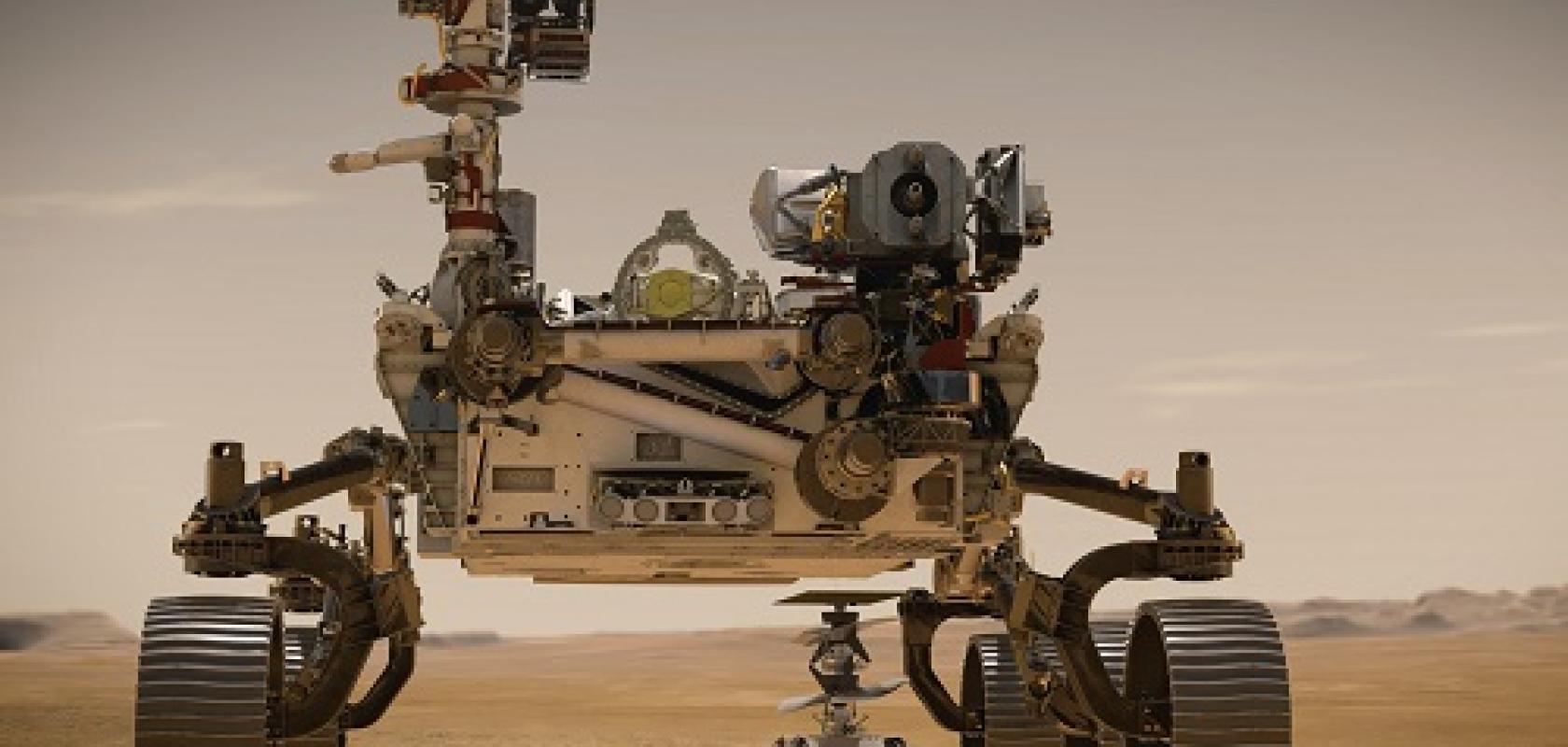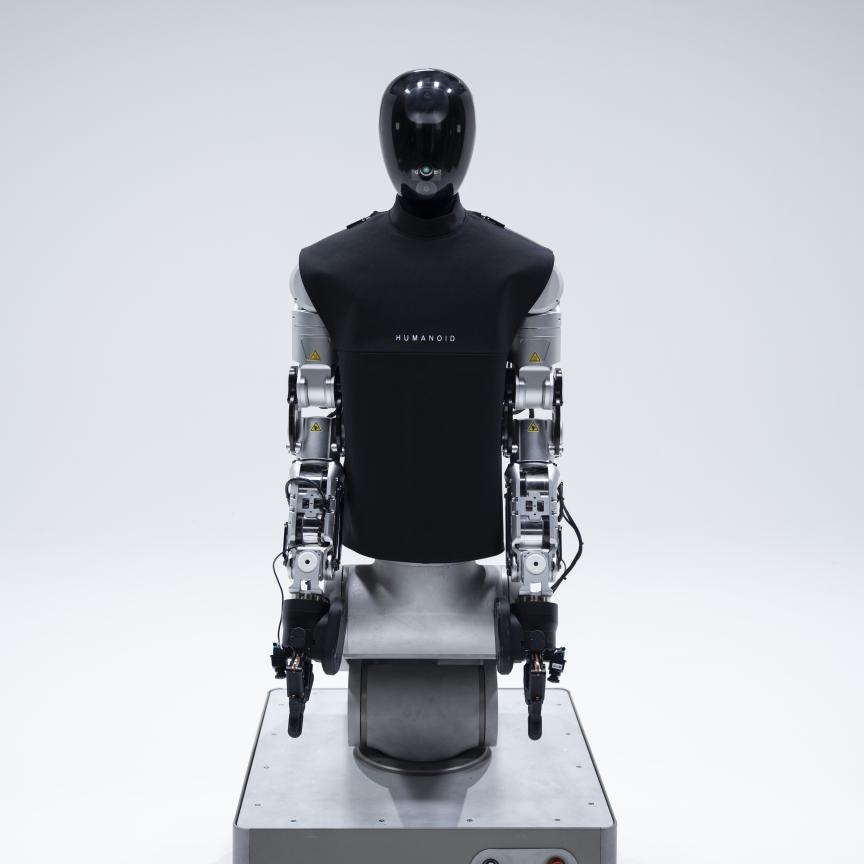A new Mars rover, which will look for signs of past microbial life on the Red Planet and take samples potentially to return to Earth, is set to launch on 30 July at 7:50am Eastern Time.
The Perseverance rover is expected to land on Mars on 18 February 2021 and spend at least one Mars year (687 Earth days) on the planet. It will analyse the climate and geology of Mars, looking for signs of past life, as well as monitoring weather and dust in the Martian atmosphere.
Perseverance contains 19 cameras, including seven scientific instruments. The Mastcam-Z will be the eyes of the rover; it is a two-megapixel stereo camera with zoom capability. Rover operators will be able to view the stereo images through 3D goggles to see contours of the landscape and plan routes.
Teledyne e2v's CCD42-10 image sensor is used in both the SuperCam and Sherloc cameras. SuperCam uses a pulsed laser to study the chemistry of the soil, while Sherloc – which stands for 'Scanning habitable environments with Raman and luminescence for organics and chemicals' – uses a UV laser and a camera to search for organic compounds and minerals.
The CCD42-10 sensor has a full frame architecture. Back illumination technology, in combination with a low noise amplifier, make the device well-suited to demanding applications, including spectroscopy as performed by the SuperCam and Sherloc instruments.
In addition, Teledyne Dalsa’s Bromont semiconductor foundry built the JPL-designed CCD image sensor that powers SkyCam, part of the Mars Environmental Dynamics Analyser (MEDA), a meteorological suite for the Mars 2020 rover.
Building on technology from the previous Curiosity rover, SkyCam is one of the Radiation and Dust Sensor (RDS) instruments that will monitor sky brightness over time in a variety of wavelengths and geometries in order to characterise Martian dust, and the solar and thermal radiation environment. SkyCam will image the sky at varying times as part of the dust study, for cloud tracking, and for astronomical imaging.
Dr Miles Adcock, president for space and quantum at Teledyne e2v, said: 'Teledyne’s space imaging heritage is unsurpassed, especially with the number of high TRL devices and the thousands of years of proven space flight. Of course, when it comes to missions to Mars, it as an especially proud moment to think of what the team at Teledyne can accomplish.'


